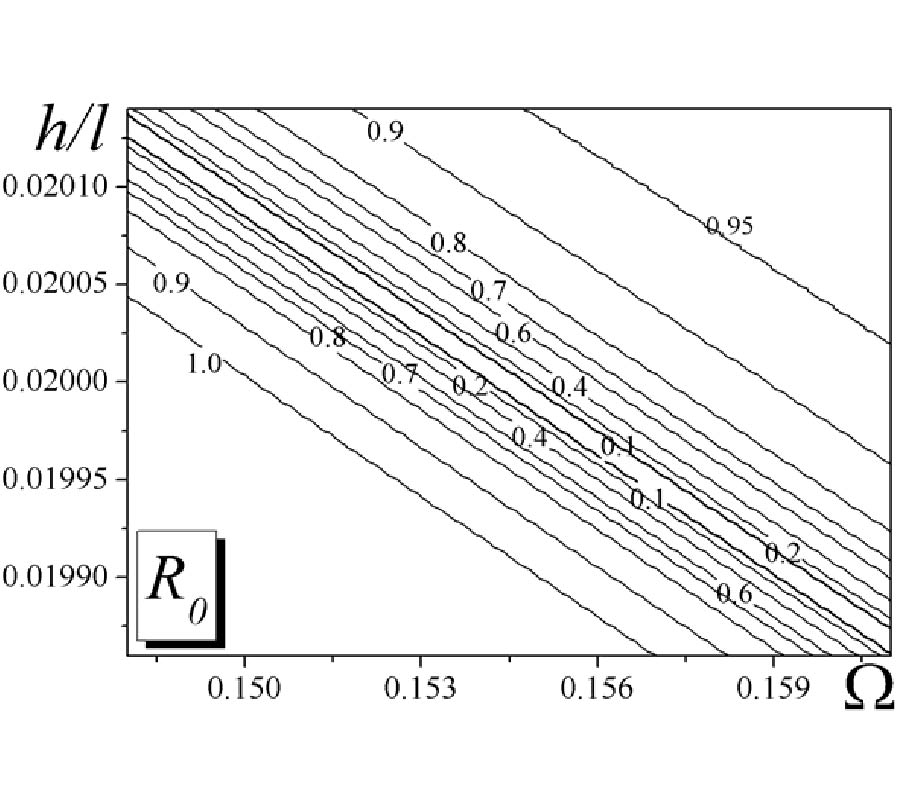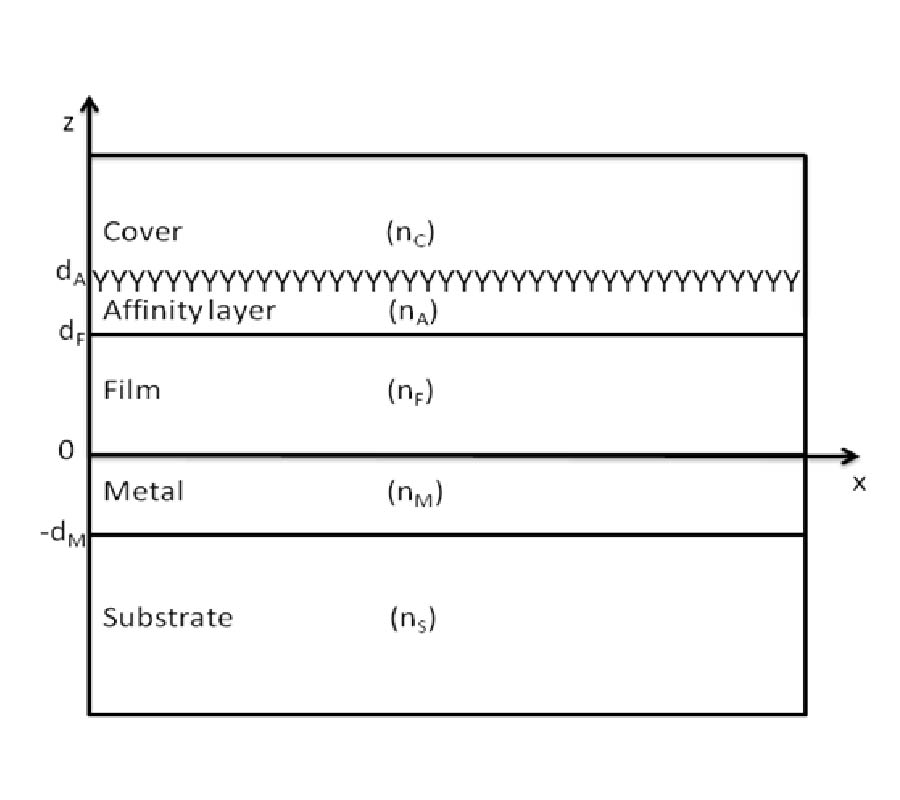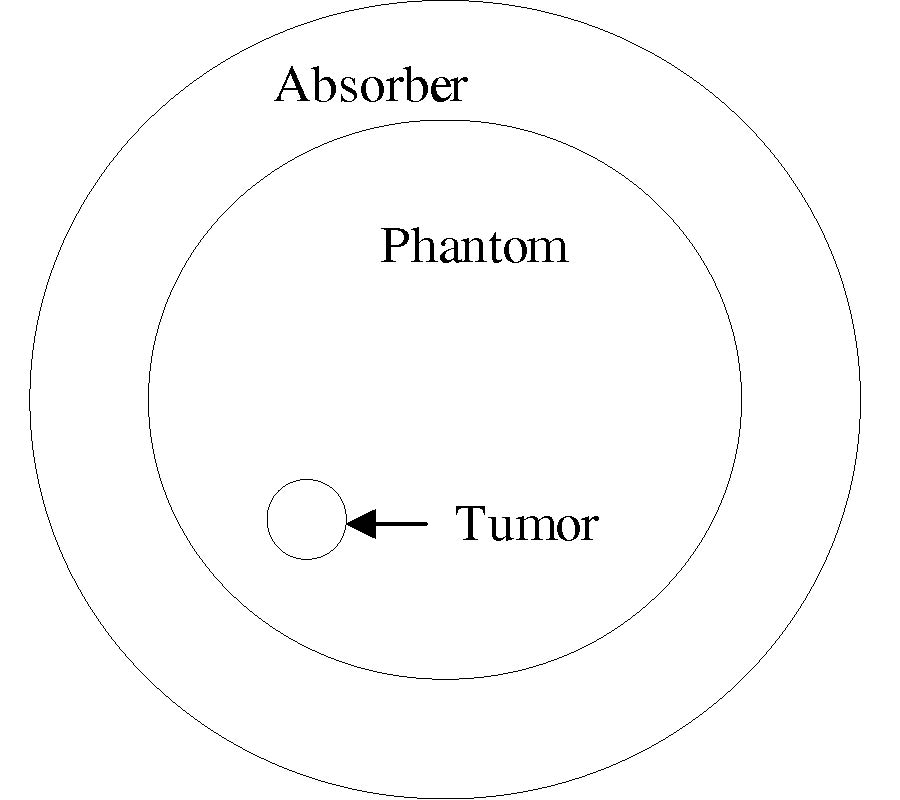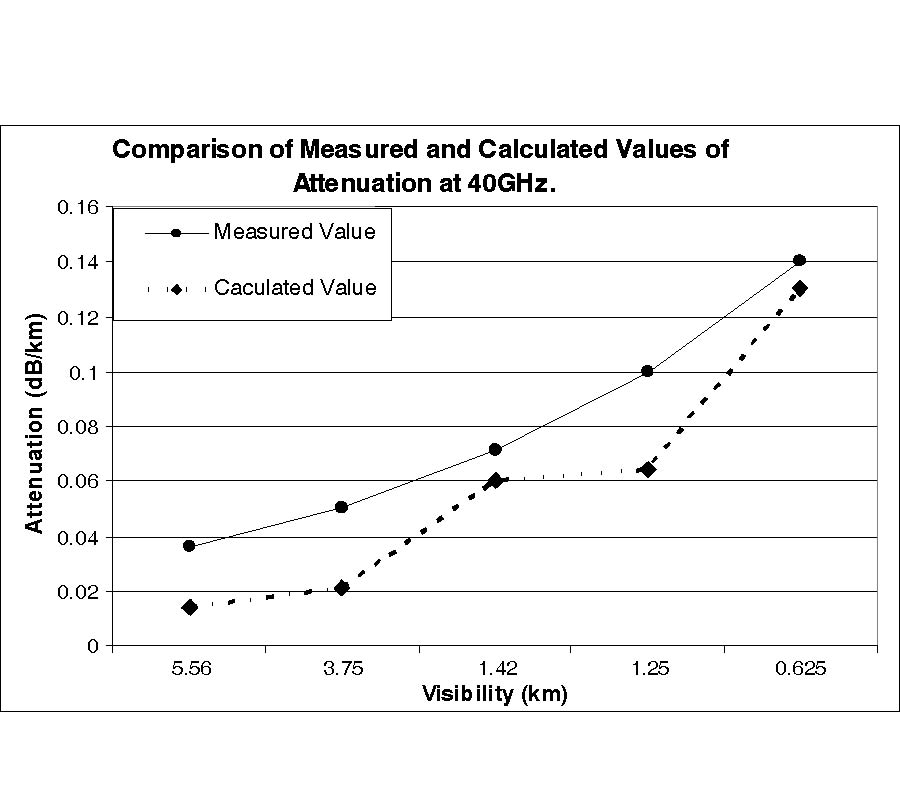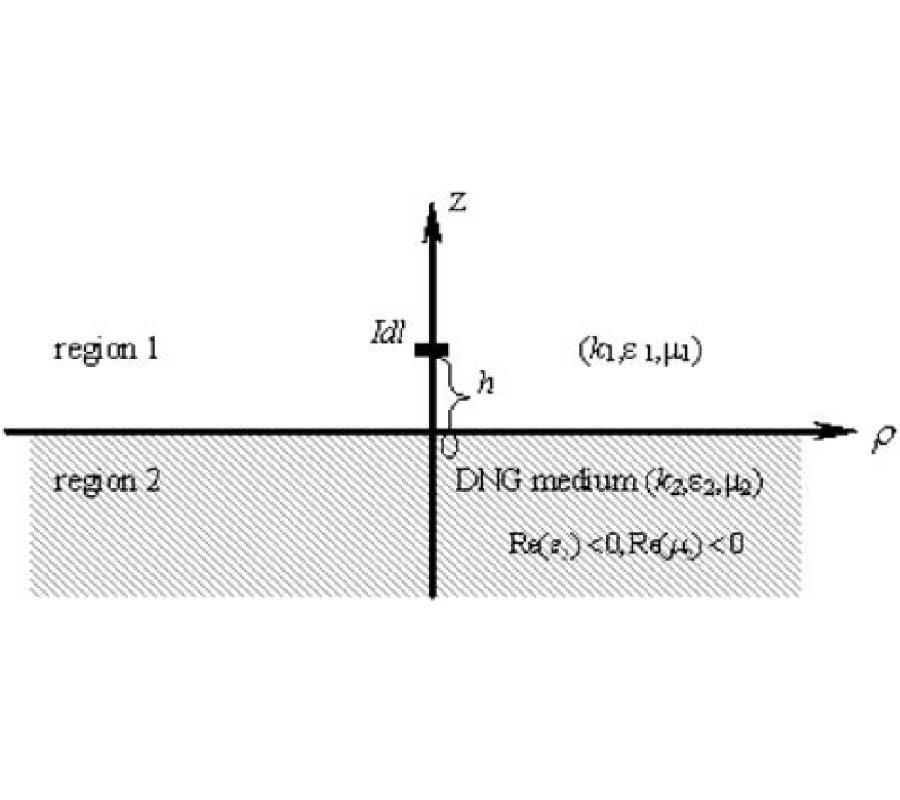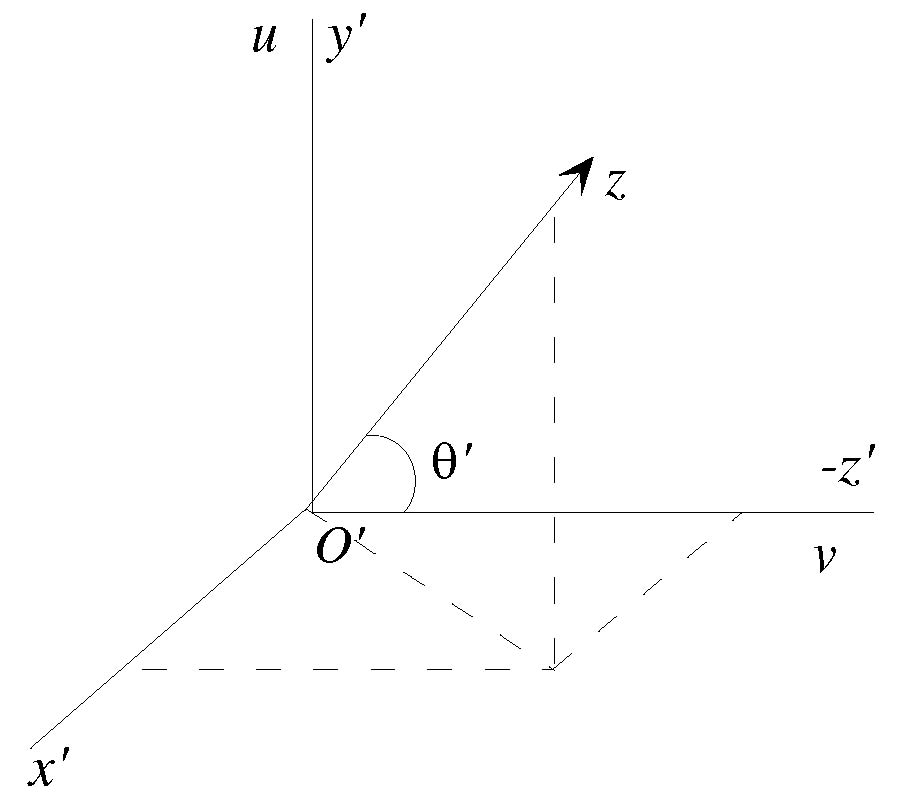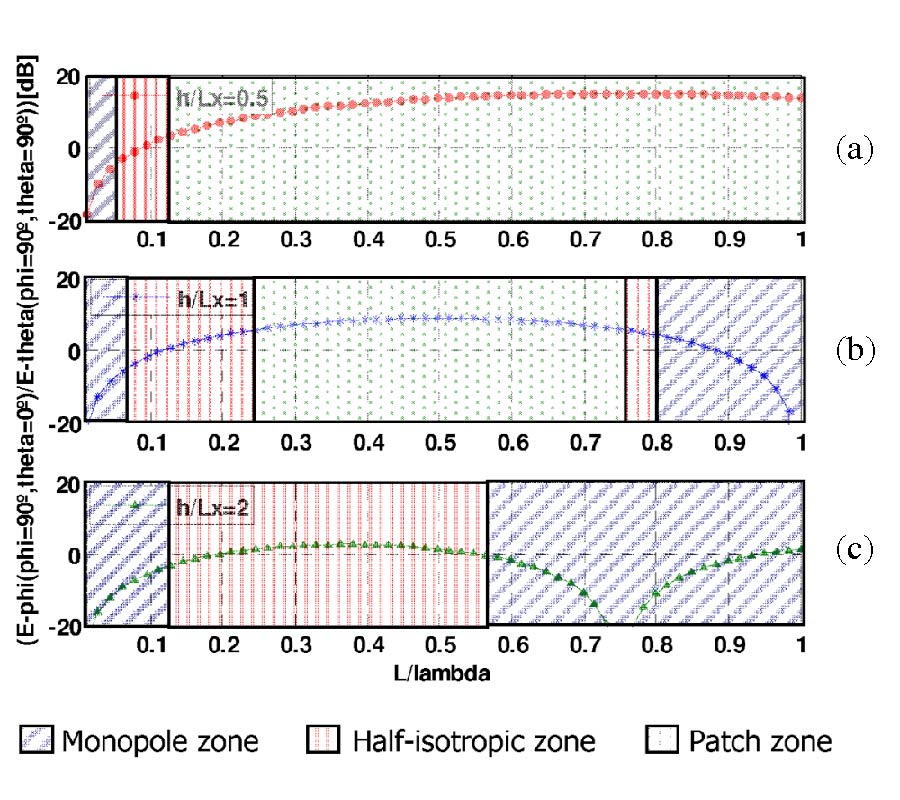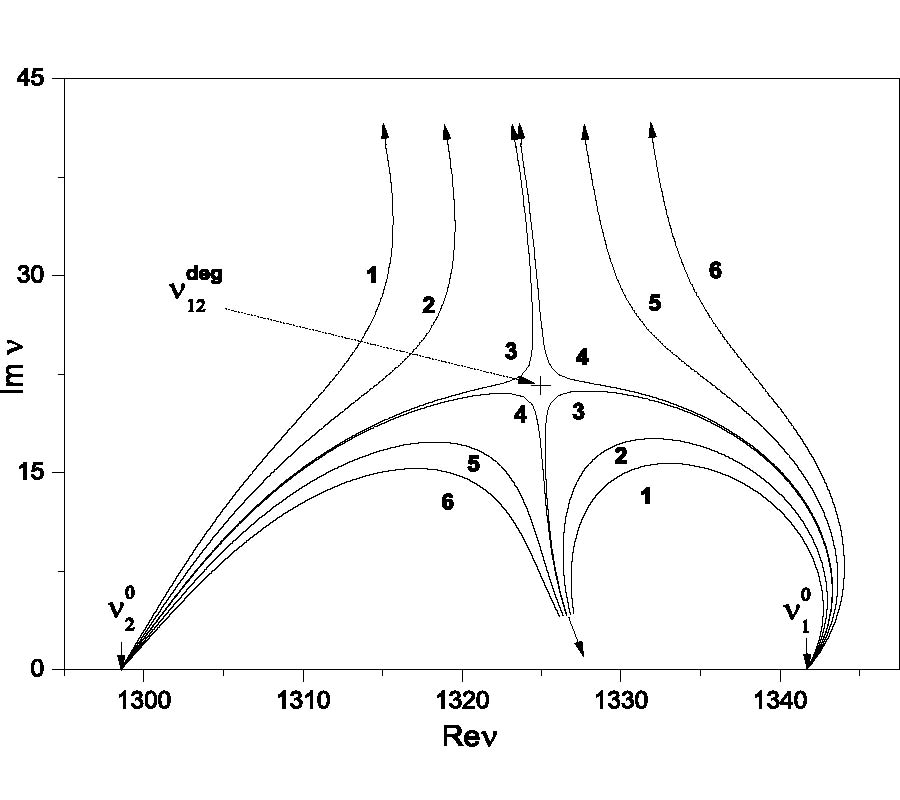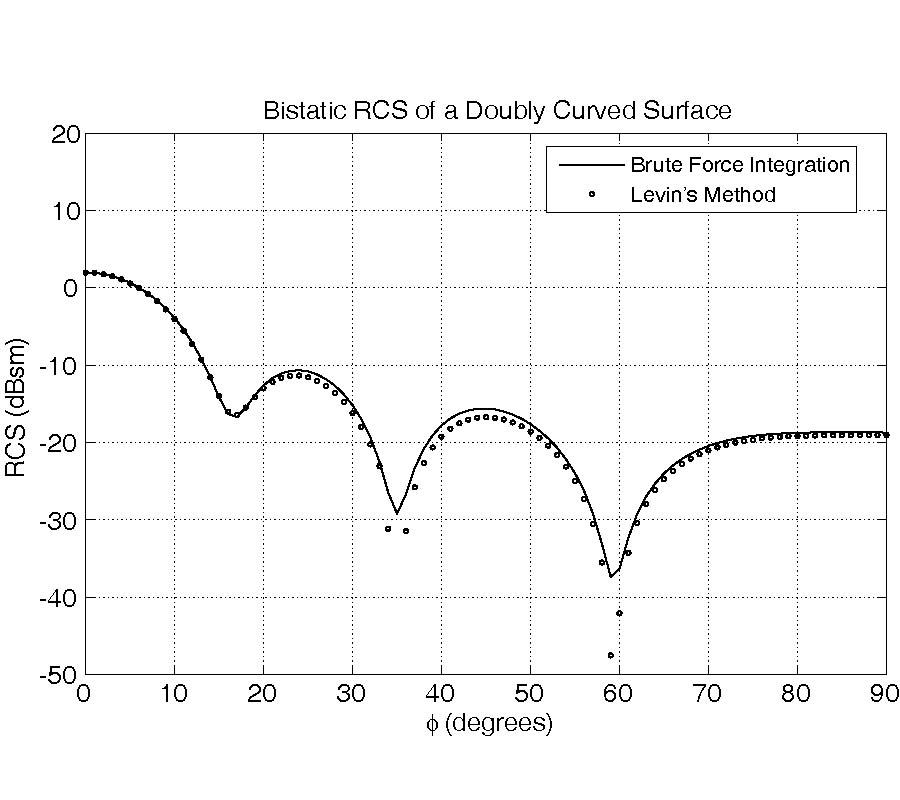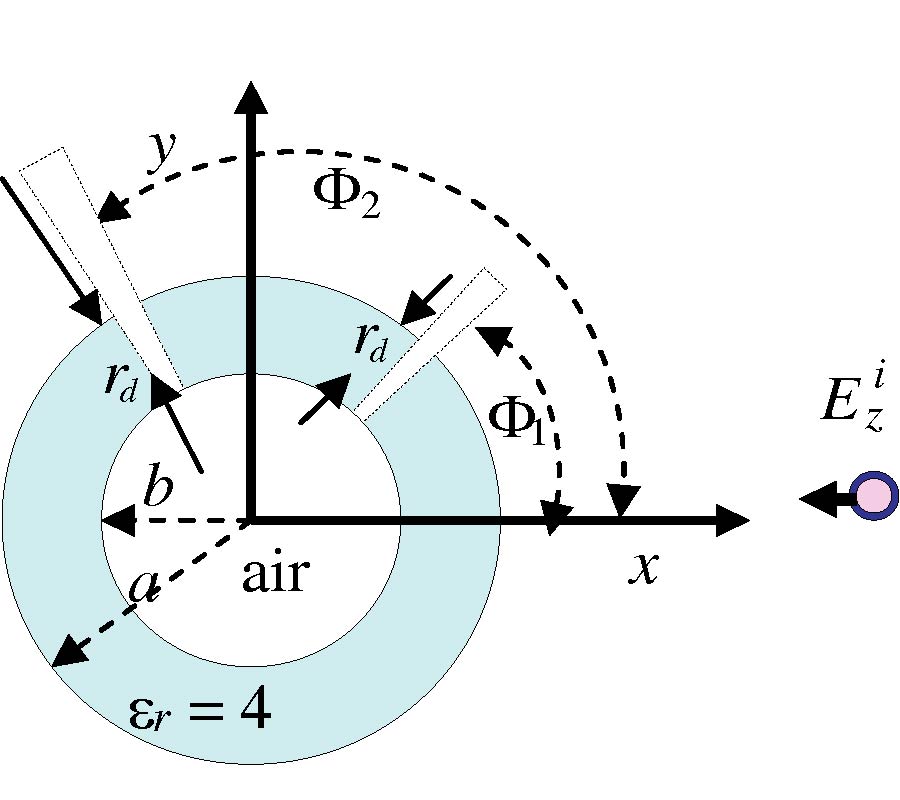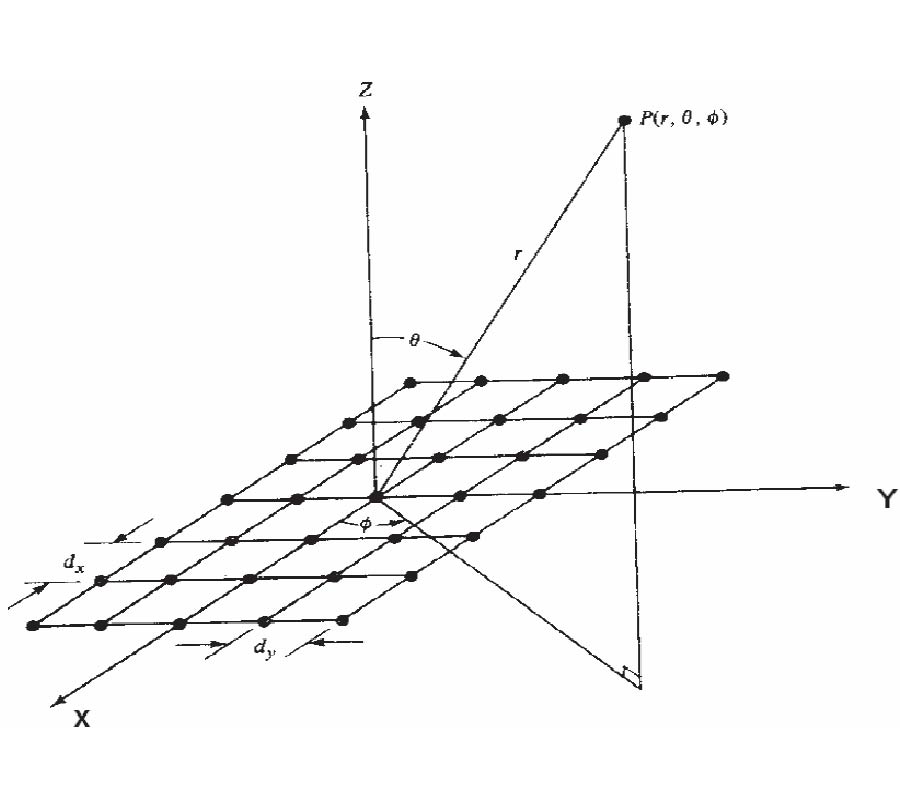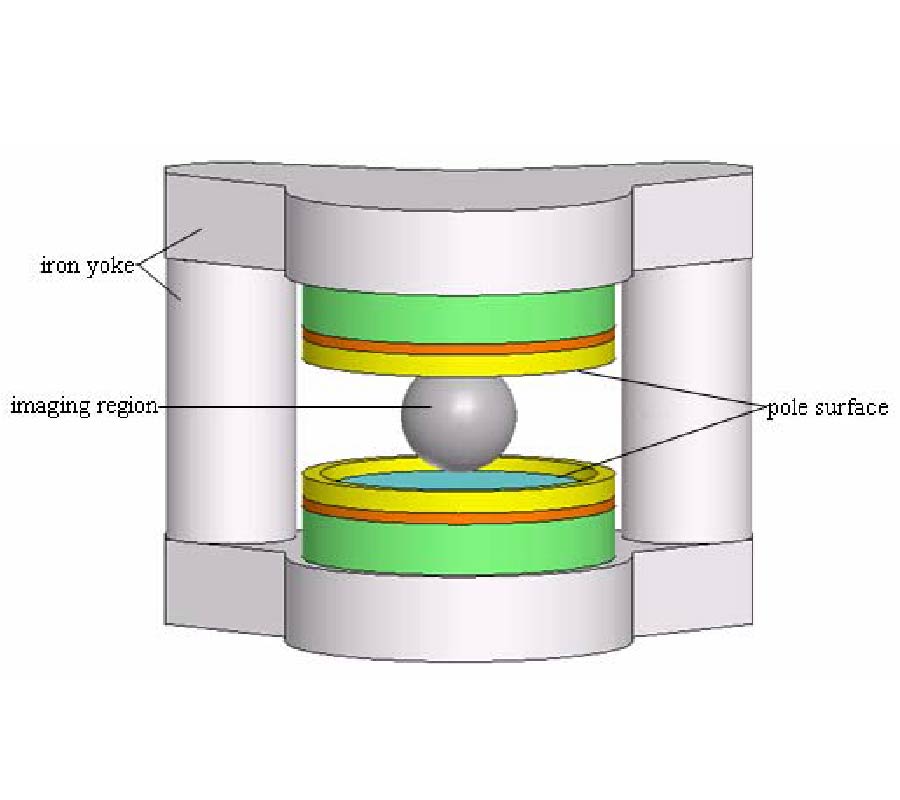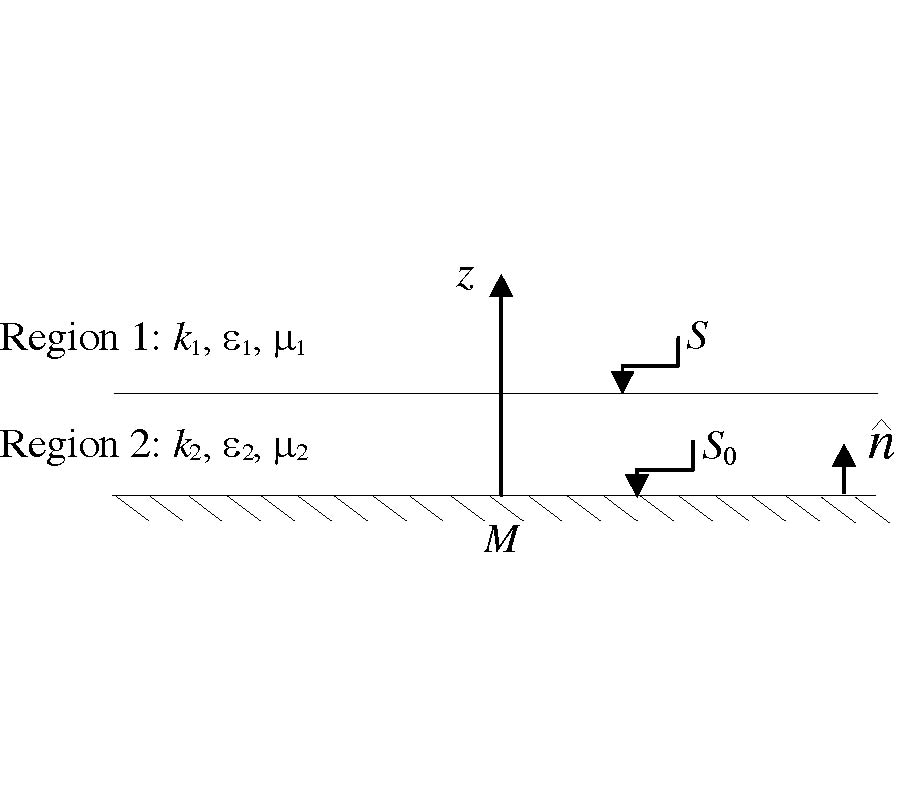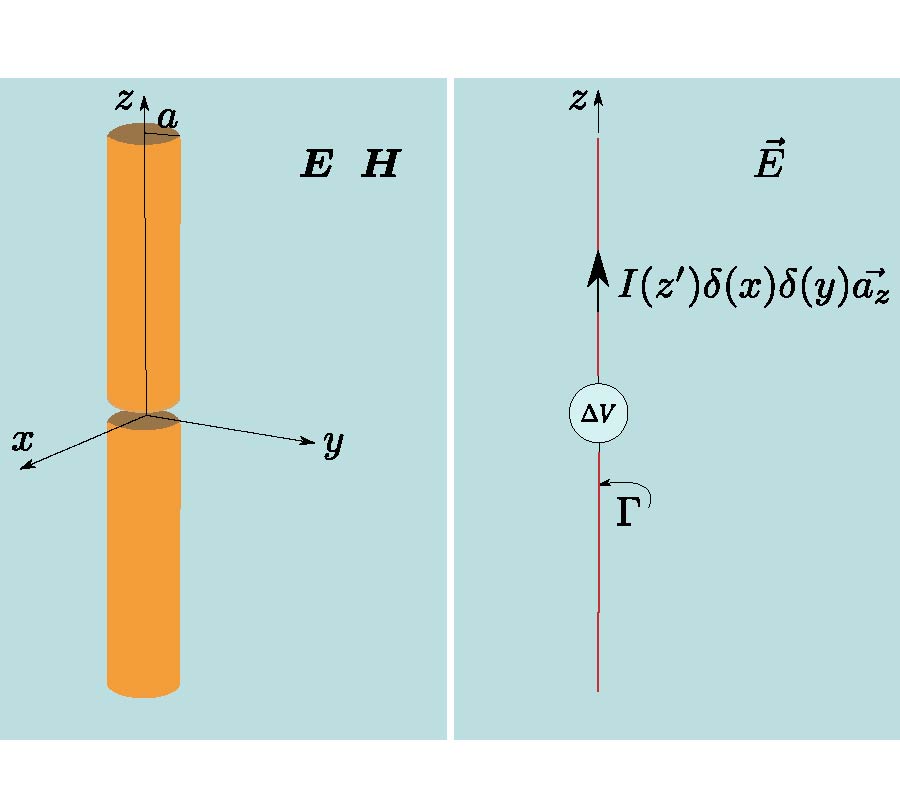On the Radiation Pattern of the L-Shaped Wire Antenna
Aurora Andujar,
Jaume Anguera,
Carles Puente and
Antonio Pérez
An objective of the present study is to make a physical insight into the radiation properties of an L-shaped wire antenna. More specifically, the study is focused on the effects of the antenna geometry over the characteristic radiation pattern of an L-shaped wire antenna. Regarding the basic equations for the radiated field, three main regions according to the length-height ratio of an L-shaped wire antenna have been determined. The said regions depict the geometrical boundaries where the L-shaped wire antenna loses its characteristic monopoletype radiation pattern. In this sense and relating to the aspect ratio of the L-shaped antenna, the said radiation properties can be easily varied in order to achieve a half isotropic radiation pattern or even, a patch-type radiation pattern. Thus, the method described herein demonstrates that simple modifications applied to the geometry of a basic structure, allow obtaining radiation properties associated to more complex structures.
